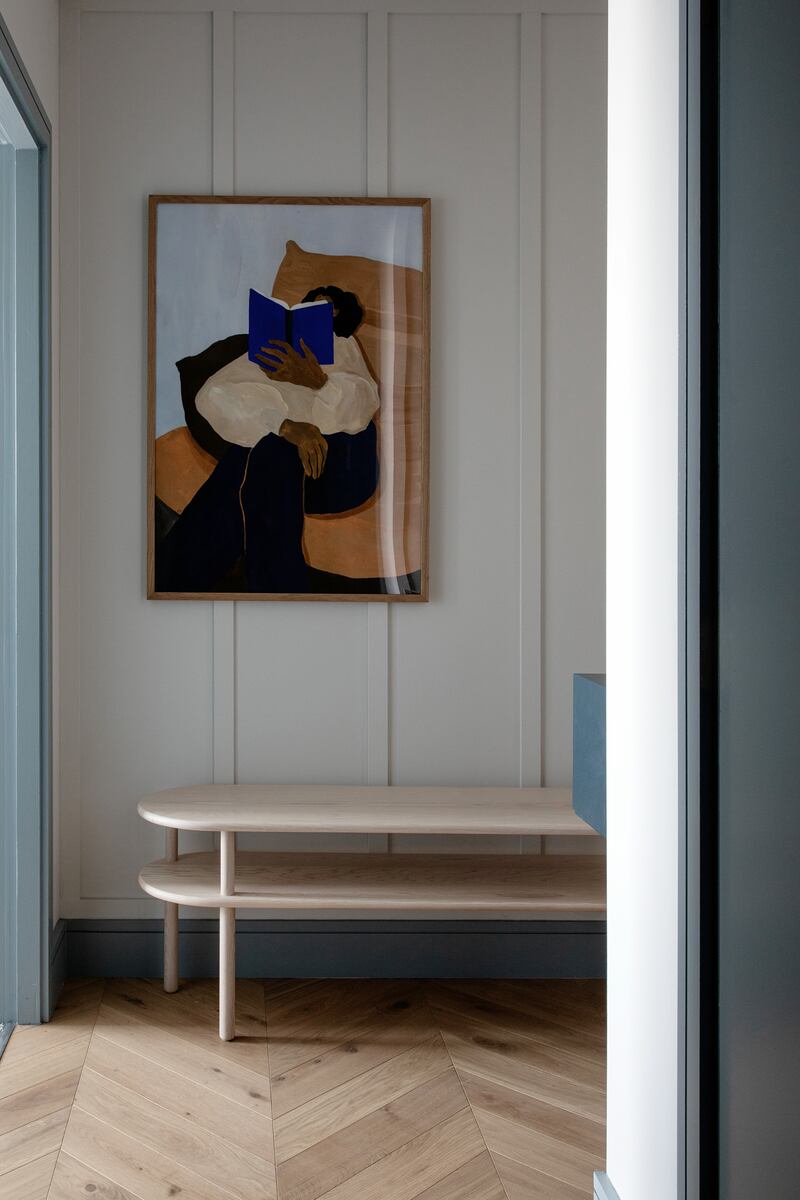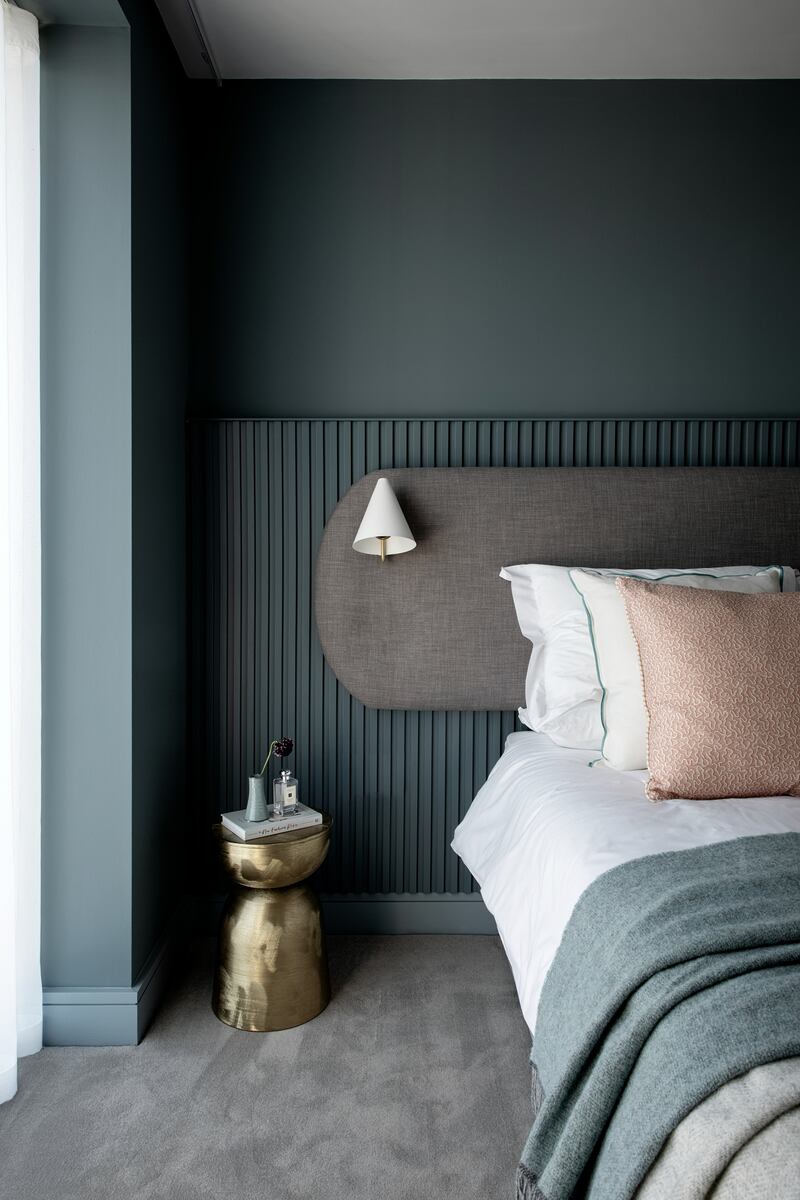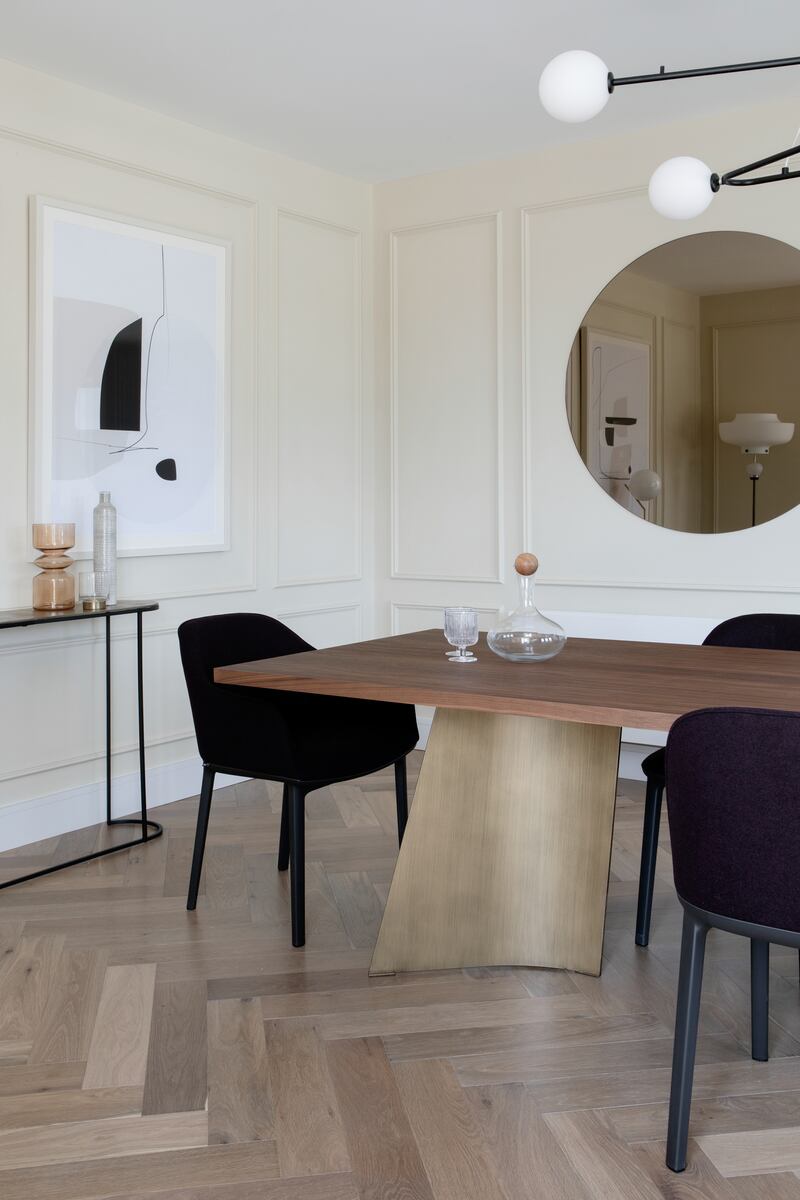If you’re looking for a quick and easy way to add personality and sophistication to your home, panelling might be the answer. With so many styles to choose from, this versatile design feature will complement almost any home. However, selecting the right type of panelling for your space and using it strategically is crucial for achieving the best effect. Here are some tips and tricks to help you choose and incorporate panelling into your home for a cohesive and stylish look that reflects your personal taste.
Types of panelling
Panelling has been an essential design element for centuries, adding visual interest and insulation to homes and grand palaces. Today, it remains a timeless and versatile option for adding character to any space.
There are several types of panelling to choose from, each with a unique look and feel. Raised panelling is a classic style with a central raised section surrounded by a frame, ideal for formal living spaces. Wainscoting covers the bottom half of a wall with wood panelling, adding texture and depth to any room. Beadboard panelling features narrow vertical planks with a beaded groove, which works well in coastal or cottage-style homes. Shiplap panelling involves horizontally overlapping boards and is popular in farmhouse-style homes.
Ribbed panelling is a popular modern style that uses thin battens separated by small gaps for a sleek and contemporary look. It is typically installed using sheets of MDF veneered with ribs facing in various ribbing scales, profiles, and thicknesses. These panels can be painted or finished with natural wood veneers to suit any design style, providing greater flexibility in design choices.
READ MORE
[ Make the most of your attic space and the value of your homeOpens in new window ]


How to choose
When choosing the right type of panelling for your home, consider the style and period of your property. For example, traditional panelling styles will complement a period property’s features and help enhance its character and charm.
If you have a more modern property, contemporary panelling styles, such as ribbed or flat panelling, will offer a more minimalist and clean-lined look, perfect for contemporary interiors.
[ Installing new windows: six tips that will save you moneyOpens in new window ]

Different spaces
Panelling can be used in almost any room in your home, but choosing the right type for each space is important. Traditional panelling styles, such as raised and wainscoting, work well in formal areas like diningrooms and livingrooms. Modern panelling styles, such as shiplap and beadboard, work well in casual spaces like bedrooms and bathrooms.
Avoid overusing panelling, as it can make a room feel small and closed in. Instead, choose one or two walls to panel, or use it as an accent in a room.
[ Seven ways to save money on your home renovationOpens in new window ]
Panelling is an excellent way to create interest or a focal point in a room, especially if there isn’t a fireplace or other architectural details to draw the eye. Panelling can be designed to work with other joinery, such as media or storage units, to create a statement piece in a livingroom or den. Incorporating panelling into a space gives a room depth and character while maintaining a clean, polished look.
One area where panelling can make a significant impact is in hallways. A panelled wall with secret doors can add a touch of mystery and intrigue to your home while providing a practical storage solution.
Panelling can be a lovely feature in the bedroom as a backdrop to a bed, used with or instead of a headboard. It adds texture and depth to a room and creates a cosy and intimate atmosphere.
The right finish
To avoid your panelling looking dated, choose a versatile and timeless style. If using timber, opt for oak, which is easy to live with, and finish with a water-based lacquer to prevent yellowing.
Avoid glossy paint for painted panelling and choose a soft sheen or eggshell finish for a more enduring look. Your finish choice can significantly impact your project’s overall appearance and lifespan, so choose carefully to achieve a beautiful and long-lasting result.
Installation
When it comes to panelling installation, attention to detail is key. Even the most high-quality and elaborate panelling can look cheap if not fitted correctly. This is why hiring a professional installer who can ensure that the panelling is installed to the highest standard and avoid costly mistakes is essential. A professional installer can help you choose the right type of panelling and advise on the best installation methods to suit your specific needs, ensuring your project looks beautiful and functions flawlessly.
















